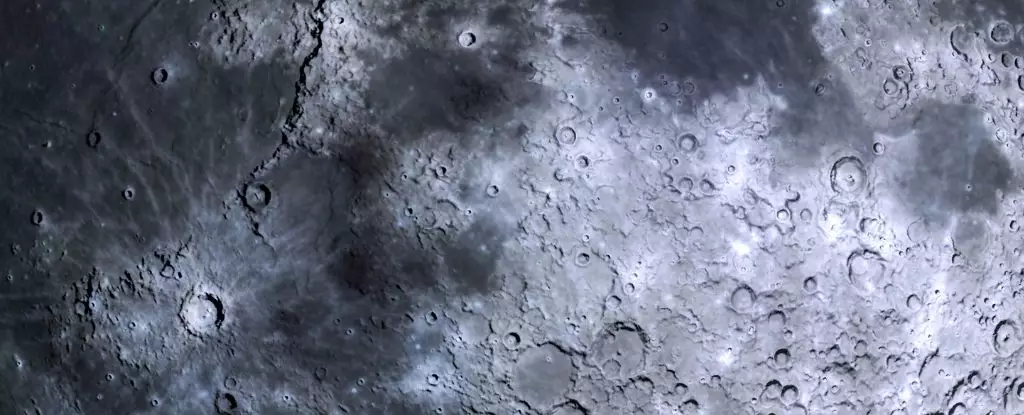For centuries, humanity has gazed up at the Moon, admiring its silvery glow and contemplating its seemingly lifeless surface. However, recent research is challenging this assumption, suggesting that Earth’s natural satellite may not be as dormant as it appears. A study led by astronomers at the University of Maryland (UMD) reveals striking evidence of geological phenomena on the Moon’s far side, suggesting that geological activity could have occurred as recently as 14 million years ago – a mere blink in the Moon’s 4.5 billion-year history.
Understanding the Lunar Geological Timeline
The conception of the Moon’s geological inactivity has dominated scientific thought for decades. It has long been accepted that the Moon’s major geological movements dimmed roughly 3 billion years ago after a period characterized by a hot magma ocean. It was during this formative phase that the Moon was bombarded by detritus from Earth’s orbit, leading to a volatile landscape. Over time, as the surface cooled, volcanic activity became less frequent, leaving behind a seemingly static landscape of ancient lava flows frozen in time.
Geologist Jaclyn Clark and her team have shifted this narrative, suggesting that the Moon may have a more dynamic geological history than previously thought. Their findings indicate that small mare ridges, which have developed over the last 200 million years, could be remnants of tectonic activity. This revelation invites us to reconsider the Moon not as an inert body but as one still capable of subtle geological changes.
Utilizing advanced mapping and modeling techniques, researchers have cataloged 266 previously unnoticed ridges on the far side of the Moon. These ridges are predominantly located around the lunar maria—vast plains of cooled volcanic basalt. The maria are formed through extensive lava flows triggered by impacts that melted the Moon’s crust. While the far side has historically been less studied than the near side, new methodologies are unveiling insights that challenge established beliefs in lunar geology.
Perhaps most intriguing is the discovery that some of these geological features bisect younger impact craters. Since the theory posits that the more craters a surface bears, the older it is, the presence of lunar ridges cutting across more recent craters prompts further investigation into the surface’s age and activity. The implication here is significant: rather than being simply remnants of a long-gone tumultuous period, these ridges suggest ongoing geological processes.
Revisiting the Active Moon Hypothesis
The idea that the Moon is still geologically active is a groundbreaking proposition that raises questions about our understanding of planetary geology as a whole. While the concept requires further exploration and corroborative study, the findings from UMD may mark a turning point in lunar science. The corroborating evidence of the Moon’s ongoing global contraction suggests a complex interplay of thermal activity and surface changes that could point toward more robust geological mechanisms at play.
Clark’s research highlights this ongoing evolution, positing that the scars of recent impacts may not be evidence of a fully quiescent surface; rather, they may reflect an underlying dynamism that has persisted throughout the Moon’s geological timeline. This aligns with observations of small-scale contractions and other surface deformations.
The newfound insights into the Moon’s geology have far-reaching implications for future space exploration missions. Understanding the Moon as an active body could inform strategies for resource extraction, habitat construction, and overall mission planning. Furthermore, theories about the Moon’s geological activity may also parallel inquiries into other celestial bodies within our solar system, as similar processes could potentially exist on planets like Mars or the icy moons of Jupiter.
While the Moon may have appeared dormant to the naked eye, a deeper examination reveals that its history and geological activity are far more complex and active than previously imagined. The ongoing studies will not only redefine our understanding of the Moon but also encourage an exciting era of exploration and discovery in our solar system. As scientists continue to peel back the layers of the Moon’s geology, we may very well discover that our celestial neighbor still has countless secrets waiting to be uncovered.


Leave a Reply